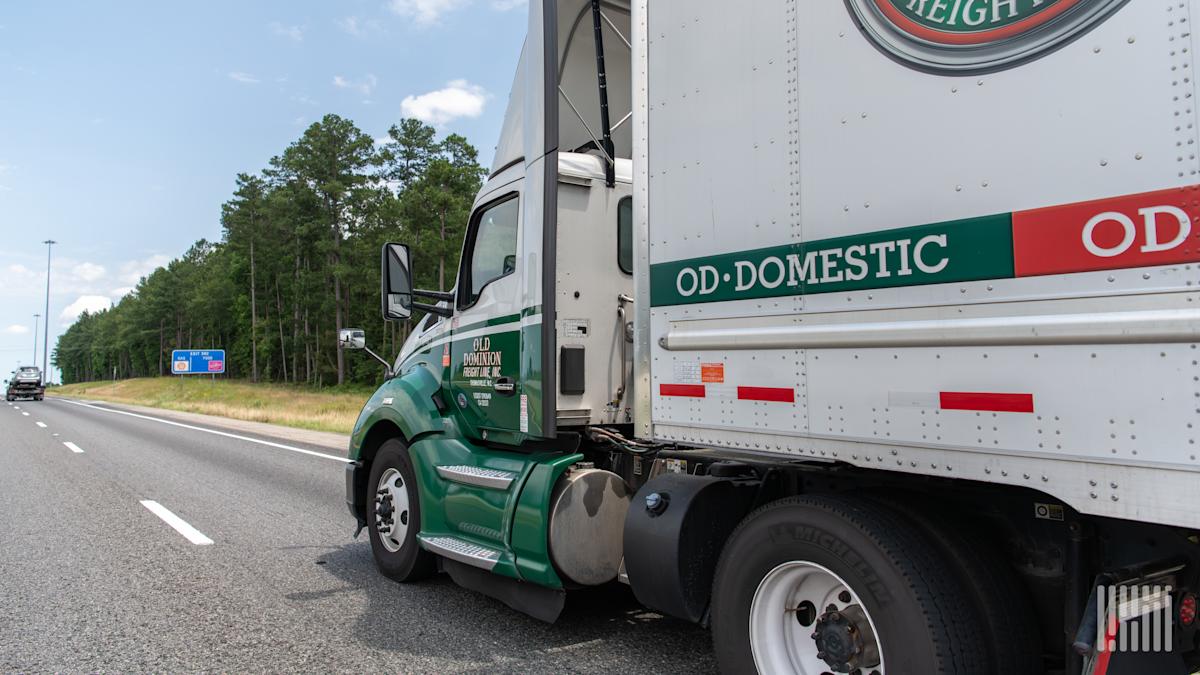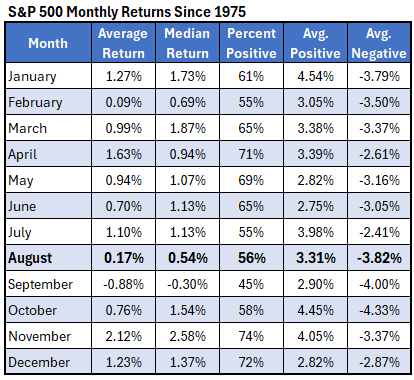Not surprisingly, Old Dominion Freight Line said Wednesday it will continue its strategy of attempting to hold market share while raising yields through economic downturns. The approach has allowed it to consistently generate industry-leading margins.
The less-than-truckload carrier said its book of business is off about 15% three years into a freight recession, a percentage it believes is on par with the rest of the industry. However, the company has been able to increase yields during this stretch, outperforming most in the space.
Old Dominion’s (NASDAQ: ODFL) revenue declined 6% y/y to $1.41 billion in the second quarter as tonnage fell 9.3% and revenue per hundredweight, or yield, increased 3.4% (5.3% higher excluding fuel surcharges).
On a two-year-stacked comparison, the carrier’s yield was 10.2% higher (excluding fuel). A 2.1% y/y decline in shipment weight was a modest tailwind to the yield metric in the quarter.
Old Dominion’s y/y tonnage comps ease in the back half of the year (negative-5% y/y and negative-8% y/y in the third and fourth quarters, respectively). However, the monthly sequential changes in tonnage during the second quarter still lagged historical trends by 200 to 300 basis points. Further, revenue per day was up less than 1% sequentially in the quarter when it normally increases 8.2%.
Tonnage is down 8.5% y/y in July with revenue per day off 5.1% y/y. Both numbers represented a slight slowdown from the second-quarter declines. The carrier said the sequential tonnage change in July (from June) was about 100 bps better than normal.
Management is calling for a 4% to 4.5% y/y increase in yield (excluding fuel) during the third quarter, which implies a roughly 1.5% sequential improvement. It said pricing on contract renewals continues to be positive and noted that the rate increases are accompanying more volume in some instances.
The company reported a 74.6% operating ratio (inverse of operating margin), which was 270 bps worse y/y and just 80 bps better than the first quarter. That was shy of management’s guidance for 100 bps of sequential improvement. (The carrier normally sees 300 to 350 bps of sequential margin improvement in the second quarter.)
Cost per shipment was up 5.1% with revenue per shipment up just 1.2%, a 390-bp negative spread.
Salaries, wages and benefits expenses (as a percentage of revenue) increased 210 bps y/y. A 4.8% decline in headcount didn’t keep pace with the 7% drop in shipments.
Depreciation and amortization expenses were 80 bps higher y/y.
Old Dominion’s OR normally sees no change to 50 bps of deterioration from the second to the third quarter. However, that move typically accompanies a 3% sequential increase in revenue, which is not occurring currently.








